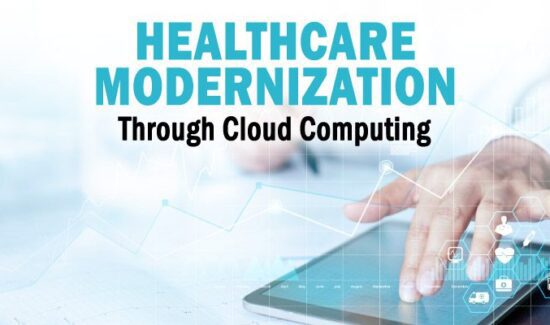Serverless Computing Centers on Platform Approach

 Serverless computing has been gaining popularity over the last several months in the enterprise. The term refers to the provisioning of vital technology resources to end users without the challenges of purchasing and implementing extra hardware, according to an article on ZDNet.com. The article went on to say that serverless is often referred to as another name for Platform as a Service.
Serverless computing has been gaining popularity over the last several months in the enterprise. The term refers to the provisioning of vital technology resources to end users without the challenges of purchasing and implementing extra hardware, according to an article on ZDNet.com. The article went on to say that serverless is often referred to as another name for Platform as a Service.
Amazon Web Services Lambda, IBM BlueMix OpenWhisk, and Microsoft Azure Functions all fall under the serverless platforms umbrella and it’s been said that they could cause some to rethink their hybrid cloud architectures.
Partner at Neuri Consulting Gojko Adzic experienced that first hand, ZDNet.com reported. He recently examined his experiences with serverless computing during the creation of his MindMup project, which focuses on mind mapping. He recently wrote about, what he believes is, the best way to structure the delivery of cloud-based back-end services.
He first used the AWS Lambda platform in February of last year for MindMup and then moved over to Lambda at the start of 2017. Adzic claims that the site has seen benefits already, in its first year with the tool. Their user base increased by 50 percent and costs dropped by the same percentage rate. Scaling to meet demand is a lot easier with the tool, he said.
Serverless computing is not about just services alone, they center around a platform approach.
“By far, the biggest lesson for me was to really embrace the platform, not just the service,” Adzic told ZDNet.com.
Using a platform approached can reportedly be done in three different ways:
- Using distributed authorization
- Allowing clients to orchestrate workflows
- Enabling users to connect to AWS resources
MindMup took the third approach given that the first two options have restrictions when it comes to AWS environments.
Adzic says that the model of directr cloud-to-client architecture is the best and fastest way to hybrid services. Could it change the way enterprises think about cloud architectures? Adzic says, yes.
“When client applications can directly connect to ‘back-end’ resources, there’s very little benefit orchestrating that from anywhere else. Coordination, workflows and many other aspects of an application can move directly to the client application,” he said. “Only the parts that really need to be locked down for security reasons or to use specialist resources need to go to AWS. The hybrid-cloud of the future isn’t going to be a mix of AWS and Google, or AWS and on-premise. It will be a mix of AWS and client machines.”
Widget not in any sidebars





















